Let’s focus today on the most gentlemanly division to have fought in Normandy, the Guards Armoured Division (and not Armored as the Colonials would misspell it).
ORIGINS
The Guards Armoured Division was created on June 17th, 1941, from battalions drawn from the five Foot and two Horse Guards regiments from the Household Division : the Grenadier Guards (the ones with the bearskin caps they’ve stolen us at Waterloo :(), Coldstream Guards (the oldest active regiment in the British Army), Irish Guards, Scots Guards & Welsh Guards for the infantry ; the Life Guards & Royal Horse Guards for the cavalry.
Yet, despite the division’s belated formation, several Foot Guards battalions had already seen combat at the time. The 2nd Irish Guards had taken part in the Narvik expedition, in Norway while the 1st Coldstream Guards, 1st & 2nd Grenadiers Guards and 1st & 2nd Welsh Guards had all served in France in 1940. But for the latter battalion which was part of the 2nd British Expeditionary Force and fought its own battles, all the others went through the original BEF‘s ordeal at Dunkirk, yet managed to evacuate to Britain.
FORMATION
Almost one year after Dunkirk, Britain was still under the threat of a German invasion and lacking mobile and armoured troops to face it. And although several battalions had been sent to North Africa, most of the Guards were staying in the UK, arms at the ready. Thus Sir Alan Brooke, Chief of the Imperial General Staff, emulating Lord Kitchener at the outset of WW1, requested of King George V that a new elite division be created from his Household Division. The new division, originally commanded by Brig. Gen. Sir O. W. H. Leese, soon passed under Maj. Gen. Sir Allan Adair‘s command.
Organized as an armoured division with Covenanter V tanks, the Guards Armoured Division trained and adapted to doctrine and equipment changes, switching to Cruiser III tanks. With the threat of invasion receding, the division’s defensive purpose became void, so it was soon earmarked and trained for the incoming invasion of Europe. But still, they remained in the UK all through the years 1941 to 1944.
NORMANDY
Prior to D-Day, the Guards Armoured Division, as befitting the King’s Household Division, received the best equipment available to the British Army: Sherman V, Cromwells, Fireflies, … Yet, it didn’t take part in the first stage of the invasion. Still remaining in the UK for almost the whole month of June, it’s first infantry elements set foot in France once again on June 26th. Although the infantry was quickly engaged in skirmishes against 12. SS-Panzer, it took a couple more weeks for all the equipment, and especially the tanks, to be unloaded.
On July 18th, the whole division was ready for Gen. Montgomery’s grand Operation Goodwood: an armored thrust by three divisions (Guards, 7th & 11th), East of Caen, aimed at surrounding the city from the South. Since British infantry divisions had already suffered a lot in the previous months, and because replacements were scarce in the UK, the three armored divisions were to advance supported only by their own organic infantry. Despite heavy preliminary air & artillery bombardments, Goodwood soon met resistance from several villages held by the Germans, especially Cagny. With only their own infantry to clear the latter, the armoured divisions soon run out of foot soldiers and had to keep advancing, although shot at frontally by 88mm Flak guns and from the flanks by lighter PaK ones entrenched in the villages. Given time to recover from the bombardments, 1. & 12. SS-Panzer‘s tanks began to launch counter-attacks. And to make matter worse, schwere Panzer-Abteilung 503 committed some of its Tiger E, and even Königstiger, the latter in its very first engagement. Shot at from almost every direction, Guards‘ tank losses rose quickly. Yet, they nonetheless tried to fight off the superior “cats”: for its first appearance on a battlefield, the Königstiger also suffered its first loss at the hand of Irish Guards‘ Lt. Gorman, when his Sherman literally collided with the new German tank and both crews bailed out.Goodwood was called off on July 21st: a tactical German victory, its long-term outcomes are still debated today. The Guards had a mere week of respite to rest, analyze the previous combats and reorganize before being committed to another offensive, Operation Bluecoat. While the American had finally launched Operation Cobra on the right of the Allied line on July 25th, Bluecoat was launched on July 30th in the middle of the front, taking the Germans by surprise. This time success was undisputed, and soon, under pressure from both Americans & British, the Germans were fleeing toward Falaise.
AFTER NORMANDY
The Guards Armoured Division didn’t take part in the pursuit toward Falaise, resting and refitting instead before being transferred on August 27th to XXXth Corps. With the latter, it took part in the race through the Seine River and toward Belgium, liberating Brussels in the process, and the Netherlands.
On September 1944, Montgomery came up with another grand plan, Operation Market Garden, involving the projection of three airborne divisions and an airborne brigade behind enemy lines to seize bridges, while the British XXXth Corps would break through the German front to reach them and cross all the captured bridges up to Arnhem. The Guards were selected to spearhead the latter’s advance.
Restricted to a “one tank front” road and encountering well-prepared ambushes, the XXXth Corps‘ advance soon bogged down, falling off-schedule. The destruction of one of the 82nd Airborne‘s bridge brought more delays. On Day 3, while according to plan they were supposed to have relieved the British paratroopers in Arnhem, the Guards had just reached Nijmegen against a stiffening German defense. In the end, no British tank ever got to Arnhem, the “Bridge too far,” Market Garden being called off at Nijmegen.
Stationed in the Netherlands during the Winter of 1944-45, the Guards were mobilized during the Battle of the Bulge, although didn’t see much combat. In early 1945, they took part in the invasion of Germany, ending the war in Bremen.
THE GUARDS ARMOURED DIVISION INGAME
The Guards combine numerous tank and infantry, both of good quality. Yet its economy tends to favor a steady progression towards Phase C, hence choices will have to be made earlier on.
From Phase A, the attached 2nd Household Regiment brings a good number of heavy recons, either 37mm-armed Humber Mk.4 or the powerful 75mm-armed AEC Mk.3. Backed by a wide array of early light tanks, such as Stuart VI & Cromwell V, and artillery, they can field quite a powerful Phase A battlegroup.
In phase B, the Guards can field most of Britain’s best equipment: Sherman V, Firefly, 17-pdr, Typhoon AT, … as well as numerous other tanks and infantry.
In Phase C, more, or more experienced, of the same can be fielded, with the addition of the deadly Achilles.


![8c011b3c50b2d81920e6322630a67575[1]](https://eugensystems.com/wp-content/uploads/2017/06/8c011b3c50b2d81920e6322630a675751-300x300.jpg)
![tumblr_nrqsw3uvpS1qbrih3o1_1280[1]](https://eugensystems.com/wp-content/uploads/2017/06/tumblr_nrqsw3uvpS1qbrih3o1_12801-297x300.jpg)
![bourguebus_1944-1[1]](https://eugensystems.com/wp-content/uploads/2017/06/bourguebus_1944-11-300x211.jpg)
![tiger_sherman_normandy[1]](https://eugensystems.com/wp-content/uploads/2017/06/tiger_sherman_normandy1.gif)
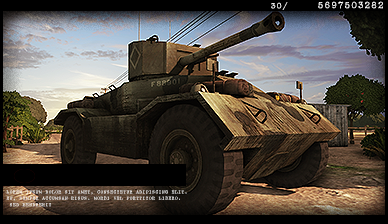
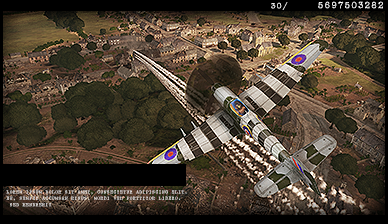
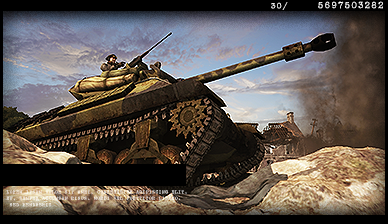
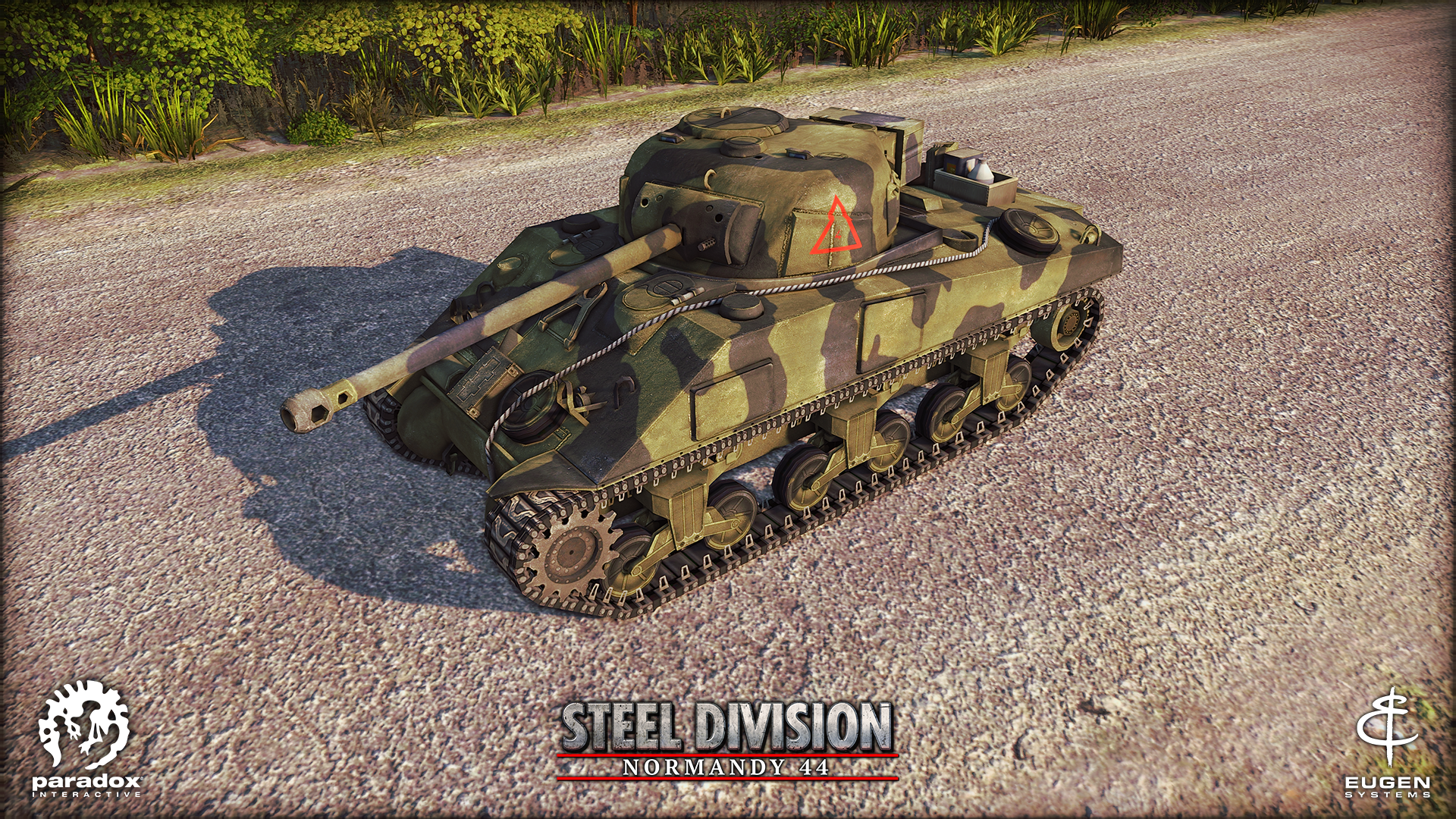
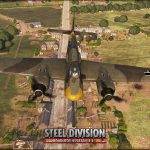

No Comments